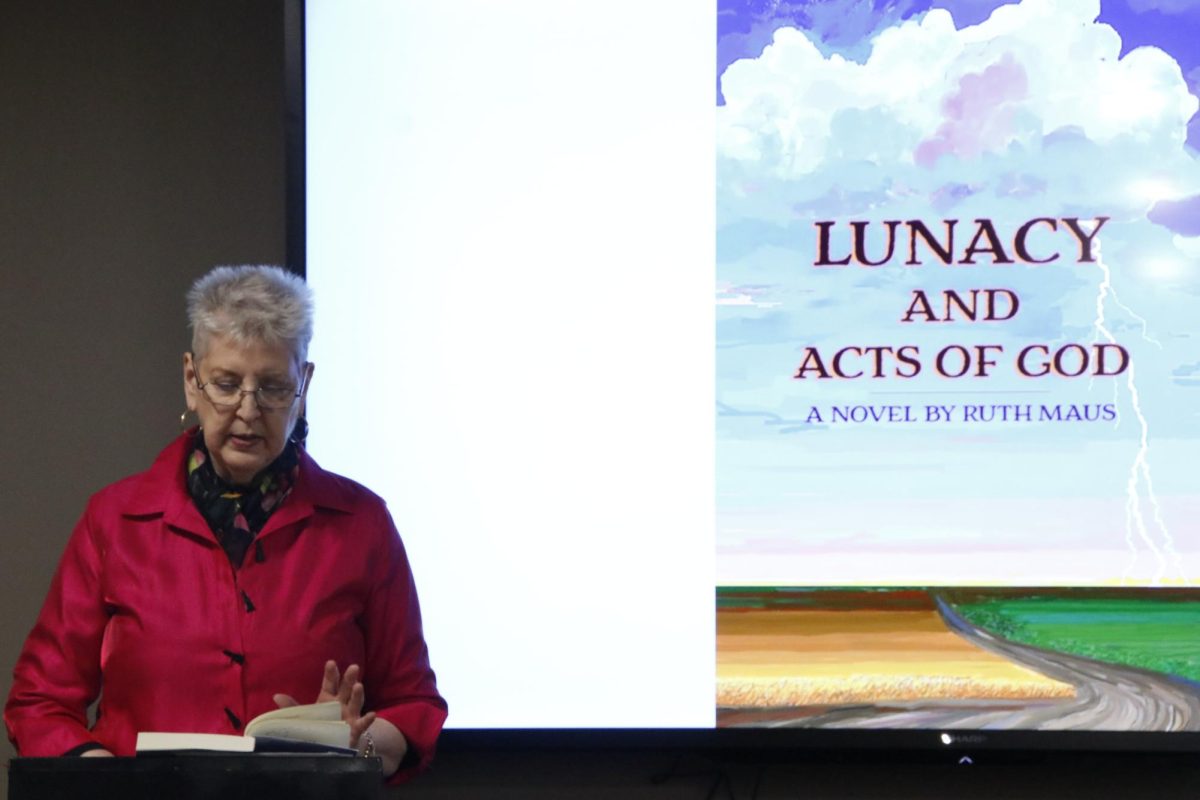At only 3 years old in 1812, a little French boy named Louis Braille found himself alone in his father’s harness-making shop. Unaware of the danger, young Braille reached for a tool on the workbench.
He attempted to make a hole in a piece of leather, just as he had watched his father do countless times.
In that brief moment, as he sat in the cobbler’s shop all alone, the trajectory of his life changed forever. The tool in his hand slipped and punctured his right eye.
With the limited medical knowledge at the time, nothing could be done to save his eyesight. Eventually, his injured eye became infected and the bacteria spread to his left eye. By the time he was 5 years old, Braille had become completely blind in both eyes.
Braille’s parents were determined to see their son continue his education and to one day be independent. At that time in rural France, many blind people were forced to make their living by begging or peddling.
In 1816, Braille was enrolled in the local village school where he quickly shined as one of the brightest students. By the time he turned 10, he earned a scholarship to the Royal Institute for Blind Youth in Paris where he was the youngest pupil.
At the time, the school taught by having the students trace raised print letters with their fingers. Braille was frustrated with the system. It was too slow, and it was difficult to learn. When they learned to write, the students had to memorize the shapes of letters and numbers and copy them down to the best of their ability, but they couldn’t read or see the results.
Charles Barbier, a retired artillery officer, came to the Institute in 1821 to demonstrate a method he had developed for the army. It used embossed dots to represent phonetic sounds. Braille recognized the potential of the dots, and he set to work perfecting the system to better suit the blind and visually impaired.
He shortened the original 12 dots to six dots so that they all would fit under one index finger, which increased reading speed by a tremendous amount. He then created a pattern for each letter that would be easy to teach and learn. He even created punctuation, digits and numerical signs.
Braille had a passion for music, and he excelled in playing the piano, organ and cello. He went on to adapt the system to translate into music notes.
Braille’s communication system was named after him and has been put to use throughout the world. Braille’s system remains an effective use of communication to this day.
Throughout the years, braille has seen several modifications and additions. Today, assistive technology is widely used in computer programs to assist those with visual impairment. With the introduction and rapid growth of assistive technology, some may think that braille is less useful today than in years past, but that couldn’t be further from the truth.
Washburn’s director of Student Accessibility Services, Heather Popejoy, appreciates how far assistive technology has come, but also highlights the importance of keeping braille readily available.
“There are federal regulations within the Americans with Disabilities Act that require braille be utilized for navigation purposes,” Popejoy said. “Regardless of the usage of assistive technology, braille will never go away entirely due to those federal requirements. While assistive technology can provide several additional services, it can also fail. Having braille in locations as well as for print materials ensures individuals are always able to receive the information necessary to participate on our campus.”
Elizabeth Tidwell, junior biology major and Delta Gamma sorority member, has spent the past three years actively engaging with the blind and visually impaired community through the sorority’s philanthropy mission of “Service for Sight.”
“We do a lot of volunteering in the community,” Tidwell said. “We’re teaching members how to slate Braille, and so we have a couple of slaters at the [sorority] house. We like to do little pick-me-up notes, and we’ll donate them to places like the Kansas Youth Empowerment Academy who work directly with people with disabilities.”
A slate is a handheld device used to write out braille.
Learning about the blind and visually impaired community is an important step in ensuring that Washburn’s campus is accessible for all students.
“Disability is not a matter of if it will happen to you, it’s a matter of when,” Popejoy said. “Therefore, the more we know about disability culture, including its esteemed inventors, the less stigmatized disabled individuals will be, allowing our society to continue to adapt universal design techniques like braille as a common practice.”
What started as a little boy, alone for a moment in a workshop, turned out to be the beginning of a long legacy of a man and his commitment to helping those with visual impairment.
Edited by Lexi Hittle and Jeremy Ford












